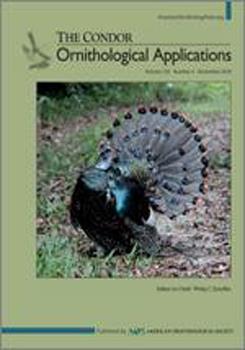Recently burned coniferous forests host wildlife communities that respond to variation in burn severity, post-fire habitat structure, and patch configuration. Habitat selection theory predicts that birds inhabiting these variable post-fire landscapes will select nesting locations that confer an adaptive advantage through increased fitness and reproductive success. Understanding the effect of post-fire habitat on avian nesting ecology can provide valuable information to guide restoration and management after wildfire. The Black-backed Woodpecker (Picoides arcticus) is strongly associated with recently burned forests in the western United States, where it is used as an indicator species for the effects of post-fire forest management. Between 2011 and 2018, we located and monitored 118 Black-backed Woodpecker nests in burned forests of northern California. We evaluated the influence of habitat and nest characteristics on nest site selection and daily nest survival. Our results demonstrate a pattern of neutral congruence between habitat selection and fitness. Blackbacked Woodpeckers showed strong selection for each of the nest habitat variables that we measured: woodpeckers selected moderately sized trees in areas of high snag density burned at high severity, but also in areas relatively close to low-severity or unburned edges. However, only nest initiation date affected nest survival, with decreased survival in late-season nests. Our results suggest that management actions aimed at maintaining breeding habitat for Black-backed Woodpeckers should prioritize retention and creation of pyrodiverse landscapes that include dense stands of snags (>5 snags per 100 m2) within ~500 m of forest that burned at low severity or remained unburned.
How to translate text using browser tools
6 August 2019
Nest site selection and nest survival of Black-backed Woodpeckers after wildfire
Andrew N. Stillman,
Rodney B. Siegel,
Robert L. Wilkerson,
Matthew Johnson,
Christine A. Howell,
Morgan W. Tingley
ACCESS THE FULL ARTICLE

The Condor
Vol. 121 • No. 3
August 2019
Vol. 121 • No. 3
August 2019
Adaptive landscape
burned forest
daily nest survival
DSR
habitat selection
nest success
neutral congruence





